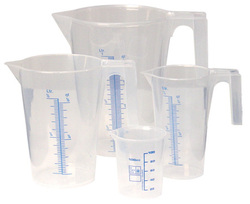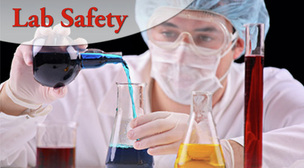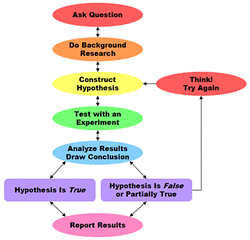Chapter 1
Scientific Methods
Scientific methods are an organized set of procedures used to solve problems and answer questions. First, state the problem you want to solve. Second, gather information about the problem. Laboratory investigations, computer models, and fieldwork are just a few ways to gather information. Third, form a hypothesis. A hypothesis is a prediction that can be tested. Fourth, test the hypothesis by performing an experiment. Make sure the experiment includes a control group and only one variable. Fifth, record and analyze the data collected during the experiment. Sixth, draw a logical conclusion. State whether the hypothesis was supported by the results of the experiment. Seventh, repeat the experiment to make sure your hypothesis is supported each time. If the hypothesis was not supported by the results of the first experiment, you will need to revise the hypothesis before repeating the experiment. Finally, report your results so that others can try to perform the experiment and verify your results. Even if you are not a scientist, you can still use scientific methods to solve problems and answer questions in your everyday life.
Scientific Weights, Measures, and Units

Courtesy of Indoor Garden
Scientists use a standard system of measurements called the International System of Units, or SI. Common SI units are meters, grams, and liters. To measure length, use meters. To measure mass, use grams. To measure volume, use liters. This standard system ensures accurate measurements. It also allows scientists to communicate and understand each other's research and results.
Science Lab Safety

Courtesy of Frey Scientific
Doing science experiments can be fun, but if you don't follow instructions and aren't properly equipped, experiments can be dangerous. Lab safety is important. You must wear proper eye protection and wash your hands after the experiment. Safety symbols in your textbook or on a lab report will show you what safety precautions must take place during the experiment. Always follow the instructions your teacher gives you for the experiment. Remember, if you don't follow lab rules, you are putting yourself and others in danger of being injured.

